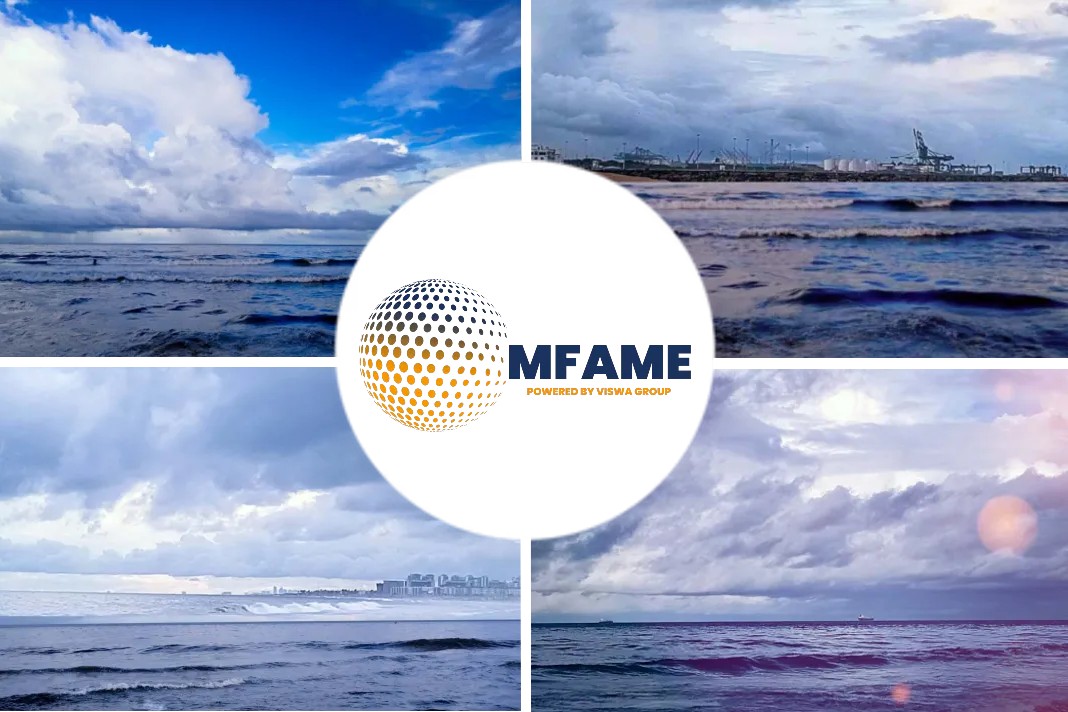Ueda’s remarks came after Minister of Economy, Trade and Industry Koichi Hagiuda said Japan is considering providing public finance to help expand US LNG projects as the country moves to phase out its dependency on Russian energy, reports SP Global.
Participating in a Fujairah LNG terminal
In the UAE, where it produces roughly 40% of its oil and gas output in Abu Dhabi, INPEX also intends to consider participating in a Fujairah LNG terminal planned by Abu Dhabi National Oil Co., Ueda said.
“We just initiated our discussion on how we should consider Fujairah LNG,” said Ueda, adding that it is still in the phase of studying economics and various other elements.
“With INPEX’s long and deep relationship with Abu Dhabi, we will discuss how we should deal with this as part of our broad cooperation relationship.”
ADNOC is building a new LNG plant in the Port of Fujairah on the UAE’s east coast, including two 4.8 million mt/year LNG trains.
INPEX sees potential LNG exports from Fujairah could play a pivotal role in meeting demand from Asia as well as from Europe, Ueda said.
“Considering the location, [planned LNG exports from] the UAE could give itself a remarkably strategic position for targeting both European and Asian markets,” he said.
Despite uncertainty over situations on Russia in the decades ahead, Ueda said: “What we are certain is that we believe LNG demand in Asia will continue growing.
“For us, how we meet growing demand in Asia is meaningful as well as it is more certain [than Russian uncertainty],” he added.
INPEX’s consideration for midstream LNG participation comes as it aims to boost its LNG handling volume by 3 million mt/year to about 10 million mt/year by 2030.
“We aim to increase our [LNG] handling volumes by seeking a combination of upstream and midstream businesses,” Ueda said, adding that the company currently is “working hard” to develop its LNG bunkering in Fujairah and other places.
Ichthys expansion
In Australia, INPEX is working to boost LNG production capacity at the Ichthys project by 4% to 9.3 million mt/year by 2024 due mainly to debottlenecking the facility.
The additional Ichthys LNG supply would help stabilize the market, Ueda said, adding that INPEX has yet to decide how it will market 400,000 mt/year of the extra supply.
“It is possible to be sold on a long-term basis as Ichthys [LNG] has been sold mostly on the long-term basis,” Ueda said. “Considering the importance of market flexibility, it could also be sold on a spot basis. We will consider such elements of the market environment as well as on buyers’ wishes.”
The Ichthys project, operated by INPEX, involves piping gas from the offshore Ichthys Field in the Browse Basin in Northwestern Australia more than 890 km to the onshore 8.9 million mt/year LNG plant near Darwin. At peak, it has the capacity to produce 1.65 million mt/year of LPG and 100,000 b/d of condensate.
Looking further ahead, INPEX sees room for considering additional Ichthys LNG production capacity as it works to explore and develop the Ichthys gas fields and surrounding blocks, and it also intends to introduce carbon capture and storage (CCS), Ueda said.
“When considering a significant expansion in the future, we will need to introduce CCS at Ichthys first because we cannot rule out the issue of CO2 as well as on the supply and demand,” said Ueda, adding that INPEX currently plans to start injecting more than 2 million mt/year of CO2 for CCS at Ichthys in the late 2020s after verifying “injectability” at nearby sites.
Asked whether INPEX intends to accelerate its Ichthys LNG plant expansion amid uncertainty over Russian LNG supply, Ueda said: “We certainly would like to speed up” within a timeframe by 2030.
“Honestly, of course, there is a topic of Russia, rather it is more of an issue that we might not be able to sell LNG in the current form in relation to energy transition at some point,” Ueda said.
“This is why it is essential for the LNG business from now on to make sure it will have CCS and expand [the plant],” he said. “Because of the Russian [situation] we aim to accelerate [the expansion] as much as possible but it remains to be seen how much we can speed up.”
Current crisis
Ueda said that the current energy crisis is driven mainly by Russia’s invasion of Ukraine and climate change issues, including the global move towards decarbonization, of which the latter has had constraints on fossil fuel investment.
“Looking from a short-term view, we are in a situation, where we see mixed moves toward decarbonization because of the climate change and inevitable dependency on hydrocarbons for the time being,” said Ueda, referring to some European countries’ recent shift to hydrocarbons in the wake of the Ukraine crisis.
“In the context of Russia’s invasion of Ukraine, it is unavoidable to rely on hydrocarbons, especially for LNG in the short term in the real world,” Ueda said.
Ueda, however, said that there is an absence of a realistic global roadmap for using hydrocarbons in the transition toward 2050 carbon neutrality, which could be helpful for long-term investments.
“Without a certain outlook of the market environments 40 to 50 years ahead, buyers cannot make commitments,” said Ueda, referring to natural gas projects. “I believe we are in a vicious circle where sellers cannot make investments without buyers’ commitments.”
Did you subscribe to our daily Newsletter?
It’s Free! Click here to Subscribe
Source: SP Global






















